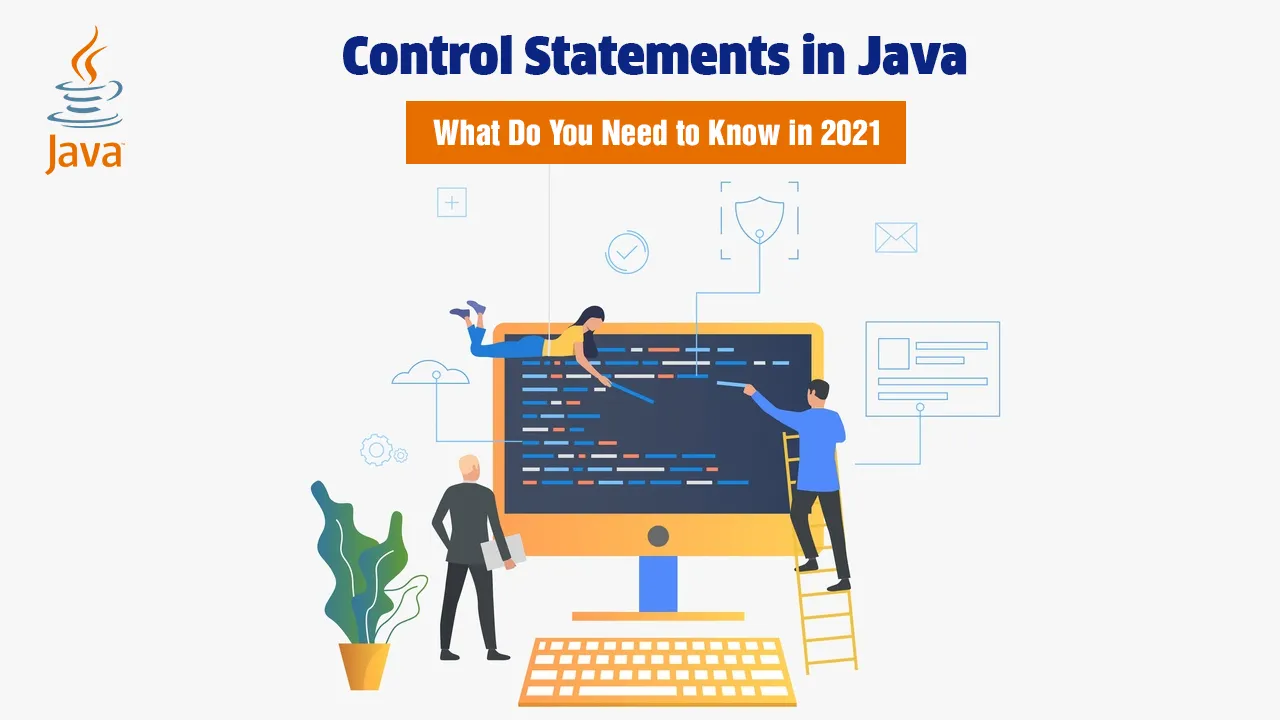Table of Contents
- What is Control Statement?
- Control Structures or Statements in Java
- Sequence Structure
- Selection Structure
- If Statement
- If-else-else Statement
- Switch or break Statement
- Repetition Structure
- For Loop
- While Loop
- do while loop
- Branching Statements
- Break Statement
- Continue Statement
- Return Statement
- Control Statement Stacking
- Control Statement Nesting
- What Next?
What is Control Statement?
Control Statements interpolates the concept of modifying the flow of your code. When it comes to coding, you have to understand that the computer runs through your code in a specific way and executes most of the code from top to bottom. It goes to the first line, then to the second line, and so on till it reaches the bottom of the code from left to right.
This means that it fetches the value on the right-hand side and assigns into the left-hand side of the variable, as a general rule, but every rule has an exception which introduces the Control Structures or statements.
If you want to modify the sequential execution of the code flow, you have to do a transfer of control or use the control structure. A control statement determines whether the next set of tasks have to be executed or not.
Let us explain the control structure with a simple example using an “if” statement, a type of decision-making control statement. Java is a case sensitive language, which implies that the case structure has to be specific. IF cannot be capitalized, let us write something inside the if statement to determine whether or not a particular thing is true or false.
In this case, declare a variable called “name,” assign a value to that “name,” and check the value of the name. If the value is not equal to null, then action must be performed, like a print out the title to the Java console or output the value inside the variable called “name.” This helps to know what is going on in the application in real-time.
We evaluate an expression inside a control structure and determine whether the condition is true or false. If the expression evaluates to the wrong inside a control structure, it skips everything inside the scope of that particular control structure, skips the line of code, and goes outside and ends the program.
#full stack development #control statements #control statements in java #java
